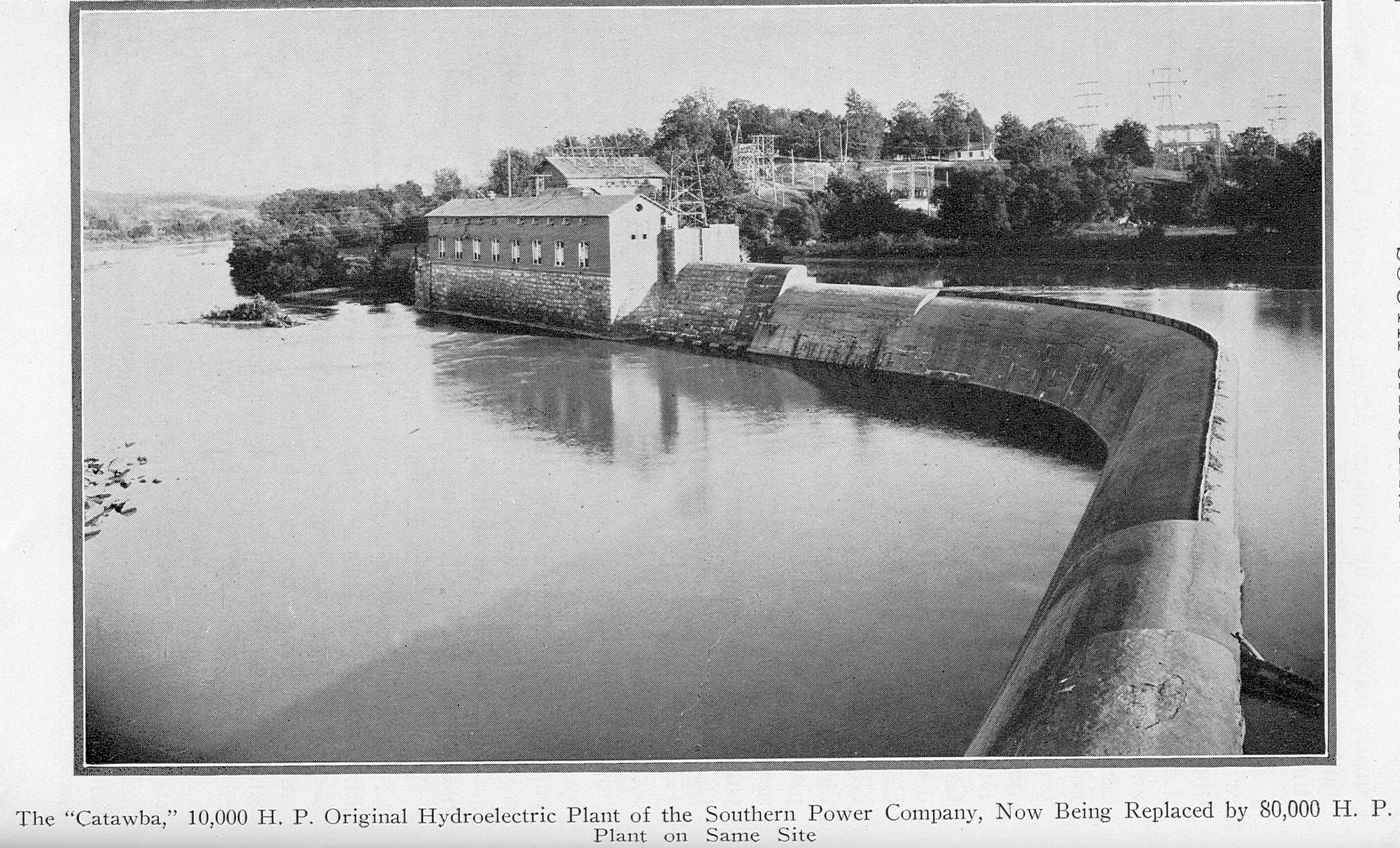July 1916 - 2 back-to-back hurricanes hit the Carolinas
The hurricane season of 1916 was a particularly busy one that slammed South Carolina from the coast to the upcountry. In early July, a storm landed in Mississippi and swept the entire South, bringing a week of rain all the way up to the Blue Ridge Mountains. It finally moved out on July 11, but just five days later a storm hit Bulls Bay, slightly north of Charleston. As it moved northwest, heavy rains flooded the Catawba and Broad rivers. These storms gave birth to what became known in North Carolina and South Carolina as "The Great Flood of 1916."
Alfred J. Henry, a researcher for the U.S. Weather Bureau, wrote that "torrential rains fell on the lowlands a short distance northeast of Charleston, attended by high winds." He explained that, "by the morning of the 15th, the center of the storm had reached western North Carolina." As it moved to the northwest, the storm weakened to a tropical storm, but the rainfall was record-breaking. According to the Fort Mill Herald, the area experienced three days of rain that caused the Catawba River to crest at 47 feet above flood level. Bridges and telegraph lines across the Catawba and French Broad rivers were severely damaged or destroyed.
Despite the destruction, part of an interesting landmark on the Catawba River managed to survive. According to the National Register of Historic Places, Nation Ford was a natural ford that provided safe crossing for Native Americans and, in Colonial times, it was the main route for settlers heading to eastern York county. The ford was the site of several Revolutionary encampments, and in 1840, chiefs of the Catawba nation gathered nearby to sign the Treaty of 1840.
Following that incident, plans were laid to construct a railroad from Charlotte to Augusta. The railroad would cross the Catawba River at Nation Ford, and a trestle was built for that purpose. The torrential flood of 1916 wrecked the iron tracks of the rail line and destroyed the bridge. However, the original stone pillars remained and were used to rebuild the trestle.
Completed just 12 years before the Great Flood, the Catawba Dam provided much-needed electricity to the surrounding area. In 1916, the raging waters wrecked the dam and power plant and destroyed the region's crops, farmland and livestock. Over the next nine years, several new dams were erected on the river. A new Catawba Dam was completed in 1925 and resulted in a 12,500-acre reservoir, which was called Lake Catawba. In 1960, the lake was renamed Lake Wylie in honor of a founding member of the Catawba Power Co., Walker Gill Wylie.
More Articles to Read

